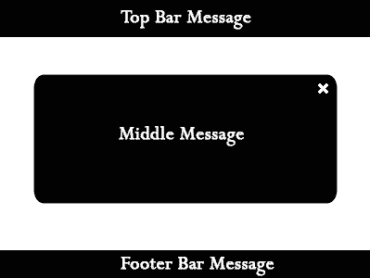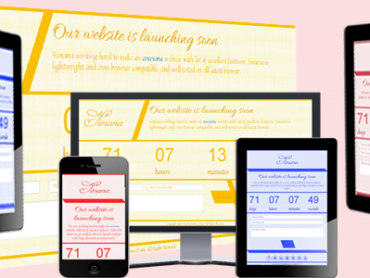Introduction
Exploring cloud computing has transformed the way businesses and developers deploy and manage their infrastructure and applications. Among the leading cloud service providers, Amazon Web Services (AWS), Microsoft Azure, and Google Cloud Platform (GCP) stand out. In this blog post, we’ll explore the key features and differences between these cloud giants to help you make an informed choice for your cloud computing needs.
Amazon Web Services (AWS)
- Market Dominance: AWS is the market leader and has the largest share of the cloud market. Its extensive global infrastructure includes data centers in multiple regions worldwide.
- Service Variety: AWS offers a vast array of services, including computing, storage, databases, analytics, machine learning, and more. This wide range makes it suitable for various use cases.
- Pricing: AWS provides flexible pricing models, including pay-as-you-go and reserved instances. However, it can be complex to estimate costs accurately.
- Security: AWS has a robust security infrastructure and offers tools like AWS Identity and Access Management (IAM) to manage access control.
- Ecosystem: AWS has a large and active community, extensive documentation, and a rich marketplace of third-party solutions and integrations.
Microsoft Azure
- Integration with Microsoft Products: Azure seamlessly integrates with Microsoft products and services, making it a preferred choice for organizations already using Microsoft technologies.
- Hybrid Cloud Capabilities: Azure offers strong hybrid cloud support, allowing organizations to integrate on-premises infrastructure with the cloud.
- AI and Machine Learning: Azure provides advanced AI and machine learning capabilities through Azure Machine Learning and Azure Cognitive Services.
- Enterprise Focus: Azure is well-suited for enterprises, offering compliance certifications and tools for governance and management.
- Pricing: Azure’s pricing is competitive, and it provides tools like Azure Cost Management for cost optimization.
Google Cloud Platform (GCP)
- Data and Analytics: GCP is known for its data analytics and machine learning capabilities, with services like BigQuery and TensorFlow.
- Containerization: GCP is popular for container orchestration with Kubernetes and offers Google Kubernetes Engine (GKE).
- Global Network: Google’s global network infrastructure ensures low-latency connections and high availability.
- Data Storage: GCP offers scalable and cost-effective data storage solutions, including Cloud Storage and Cloud Bigtable.
- Serverless Computing: Google Cloud Functions and Cloud Run provide serverless computing options.
Choosing the Right Cloud Provider
The choice between AWS, Azure, and GCP depends on your specific requirements:
- AWS is versatile, offering a vast range of services and global reach, suitable for organizations of all sizes.
- Azure is an excellent choice for enterprises and businesses heavily invested in Microsoft technologies.
- GCP excels in data analytics, machine learning, and containerization, making it ideal for data-intensive and containerized workloads.
Exploring cloud computing- consider factors such as your organization’s existing tech stack, budget, and specific use cases when making your decision. Many organizations also adopt a multi-cloud strategy, leveraging the strengths of multiple cloud providers for different needs.
Conclusion
AWS, Azure, and GCP are all powerful cloud computing platforms, each with its own strengths and features. As you explore the cloud landscape, it’s essential to evaluate your organization’s unique requirements and objectives to determine which cloud provider aligns best with your business goals. Whichever you choose, cloud computing will undoubtedly continue to play a pivotal role in transforming the way you deploy, manage, and scale your applications and infrastructure.



























